How Montreal's Saint-Henri neighbourhood has become a battleground in Canada's gentrification debate
As anger erupts in St-Henri over 'condo-ization' of neighourhood, few offer solutions for clash of values
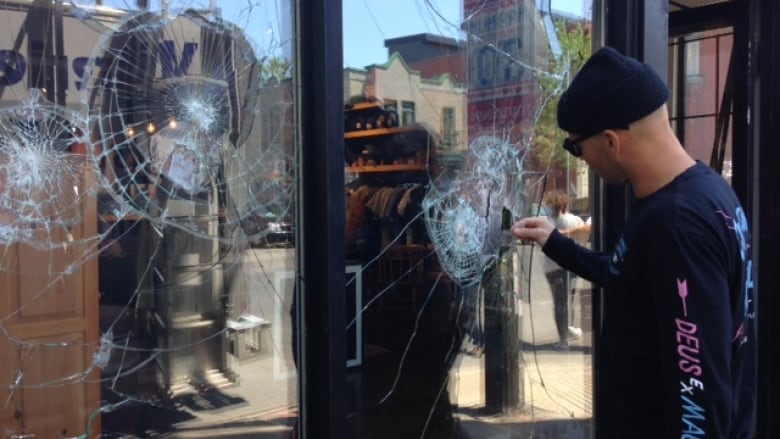
Once a bastion of Montreal's francophone working class, made famous by author Gabrielle Roy in The Tin Flute,Montreal's Saint-Henri neighbourhood has in recent years become a favourite of condo-developers and fine diners.
Some of the best restaurants in the country Joe Beef, Tuck Shop are now established institutions alongNotre Dame West, which not so long ago was speckled with vacant properties and discount stores.
The historic Lachine Canal atone time the pulse of industrial Canada is now thronged with joggers and cyclists, whose condos abut its scenic paths.
The demographic make-up of Saint-Henri has changed dramatically in the past twenty years: fewer renters, more owners, higher median incomes, more university-educated residents, more professionals, more senior managers.
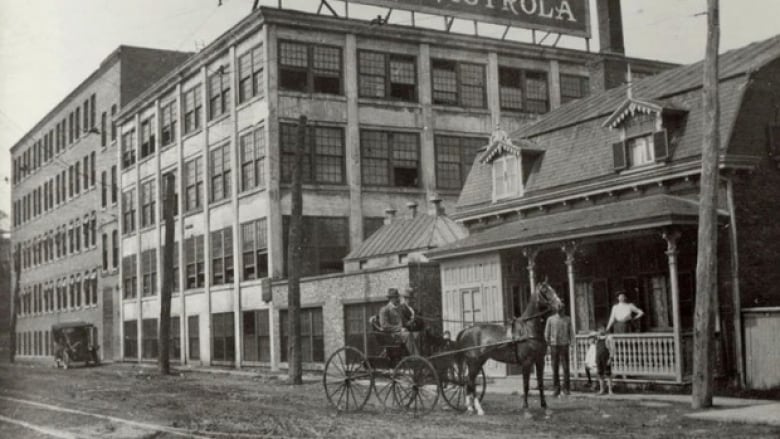
While Saint-Henri's revitalization has,for some,provided a leafy gateway to downtown, for others it has meant becoming strangers in the neighbourhood they have called home for generations.
"The way the neighbourhood has been changing, there is a sensethat the businesses that are coming in are not coming in to serve the low-income population," saidAmy Twigge-Molecey, a lecturer at Concordia University's Department of Geography whose PhD research dealt withgentrification in Saint-Henri.
Community groups and the city's left-leaning city councillors have attempted to stall what they call the "condo-ization" of Saint-Henri, trying to promote more diversified development.
- Saint-Henristore stormed, looted in anti-gentrification protest
- Looting puts spotlight on Montreal neighbourhood's gentrification
Another form of resistance, though, has resorted to vandalism. Over the past two years, masked groups have broken the windows, graffitiedand now looted new upscale businesses in the area.

Familiar story in Toronto, Vancouver
This, of course, will be a familiar story to anyone from Toronto's Parkdale or Vancouver's Downtown Eastside.
By one estimate the average lowest rent on the Downtown Eastside has risen from $398 to $517 since 2008. It's becoming harder and harder to find the single hotel rooms that, for decades, provided shelter for the down-and-out.
The Parkdale Neighbourhood Land Trust in Toronto pegs the increase in rent values in the western Toronto neighbourhood at 93 per cent between 1996 and 2006.
Residents there have protested against what they believe are attempts by landlords to push them out by raising rents.
The common term for this trend is gentrification, and its connotations can vary.
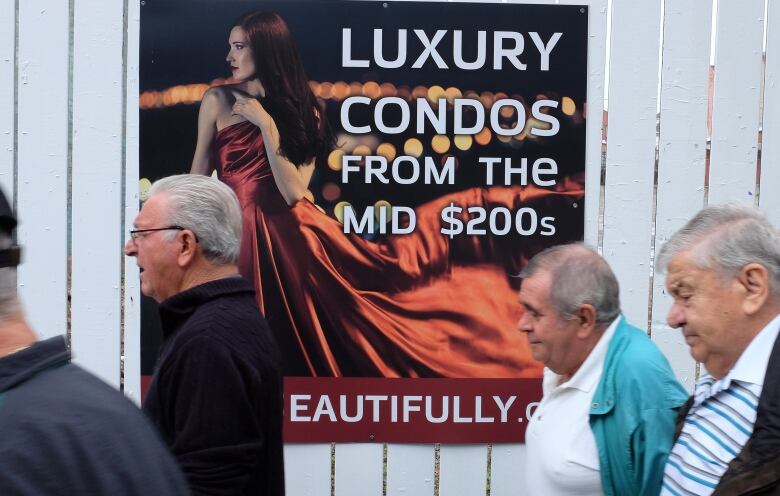
It's common for politicians or business owners to claim that gentrification can have a positive effects.
"Gentrification by itself isn't a bad thing," then B.C.'s housing ministerRich Coleman said in 2012. He was describing how the influx of higher-income residents to Vancouver'sDowntown Eastside was stimulating the local economy.
Academics and urban planners, however, tend to be more discriminating when usingthe term.They consider it a form of the more general phenomenon of "neighbourhood upgrading."
Gentrification is associated in particular with a decrease in affordable housing options in neighbourhoodsclose to downtown, which pusheslow-income residents further towards the city outskirts. It is often prompted by the conversion of multi-family units intosingle-family homes.
It is a process that has closely tracked the de-industrializationof city centres in North America. As factories have moved away from the downtown core, they leave centrally located real estate in their wake.
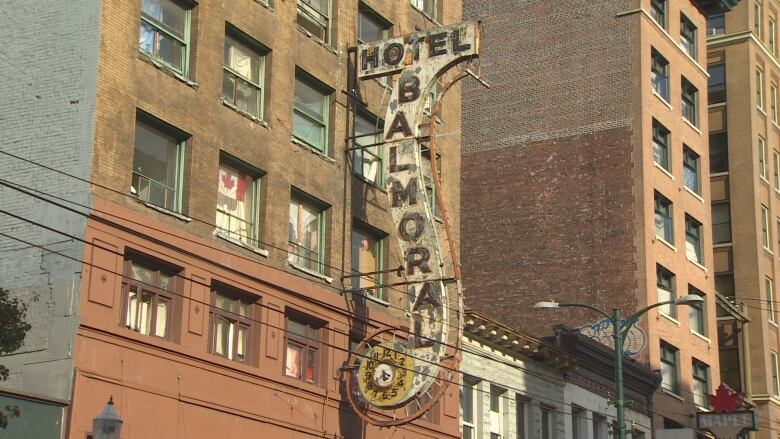
What is to be done?
"Gentrification is extremely hard to stop," said Raphal Fischler, an associate professor atMcGill'sSchool of Urban Planning."We function on a free market system to a large extent."
Despite the recent flare-up of tensions in Saint-Henri,Fischler says Montreal has actuallymanaged to avoid the more savage forms of gentrification that have afflicted places such asNew York and San Francisco.
The weapon in its quiver? Strict limits on how much landlords can raise their rent, whichallows tenants to stay in their homes for longer periods.
It's far from a panacea, but it might be the best that can be hoped for.
"You're not going to stop that change, but you are going to slow it down," said Fischler. "You're going to make sure that the people who are already there can stay there ... and that some of their lifestyle can continue. But that's not easy."
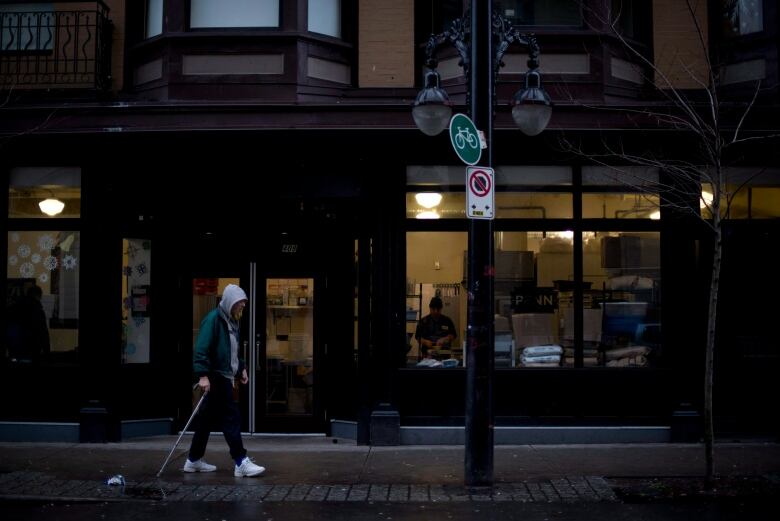
with files from Justin Hayward and Alison Northcott












_(720p).jpg)


 OFFICIAL HD MUSIC VIDEO.jpg)
.jpg)



























































































